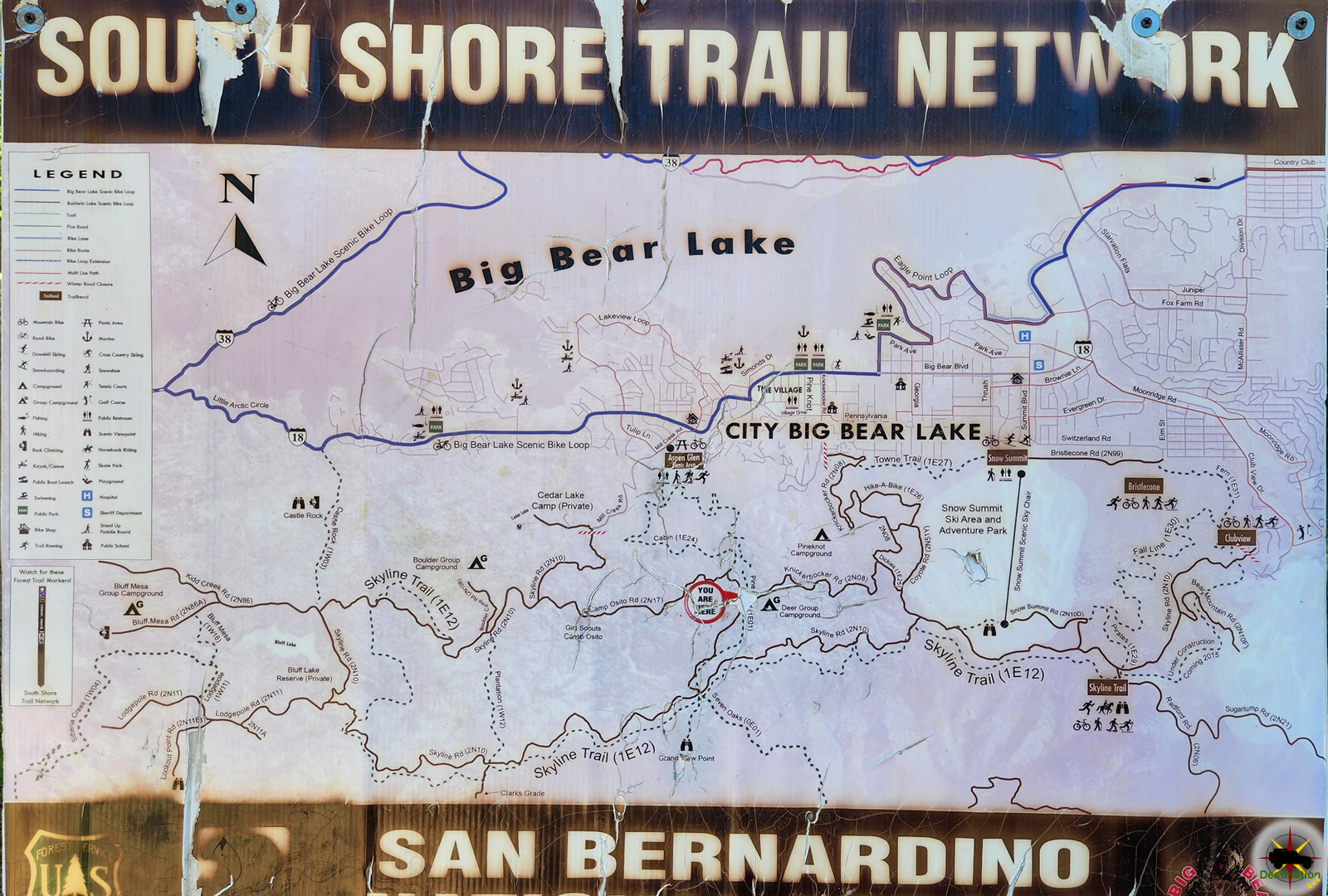The Arrastres is a point of interest found along the Gold Fever Off Road Trail in Holcomb Valley in the San Bernardino Mountains.

The device is the oldest tool for recovering gold from rock and employed by Mexican miners. The device consists of a low concrete wall surrounding a level flat concrete floor. In the center is a post around which a horizonal beam and pulled by a mule or donkey. Hanging from the beam using chain would be a large boulder which would pulverize gold ore, facilitating gold extraction. This is a very slow process and inefficient process and the team would circle the site for hours while the heavy boulder performed its task. A single pile of ore could take four hours to process.
The Arrastres site in Holcomb Valley is a wonderful example of early gold mining technology locate en situ near the Bellville Townsite. The site is a very short hike (150 feet ) from the one remaining building at the site and well worth the walk. At tone time, it is estimate that over 100 arrastres located within Holbcomb Valley.
Point of Interest Summary
| Name | Arrastres – Point of Interest |
| Location | Gold Fever Off Road Trail, Holcomb Valley San Bernardino County, California |
| Latitude, Longitude | 34.3014, -116.8863 |
| Gold Fever Trail Marker | 8 |









